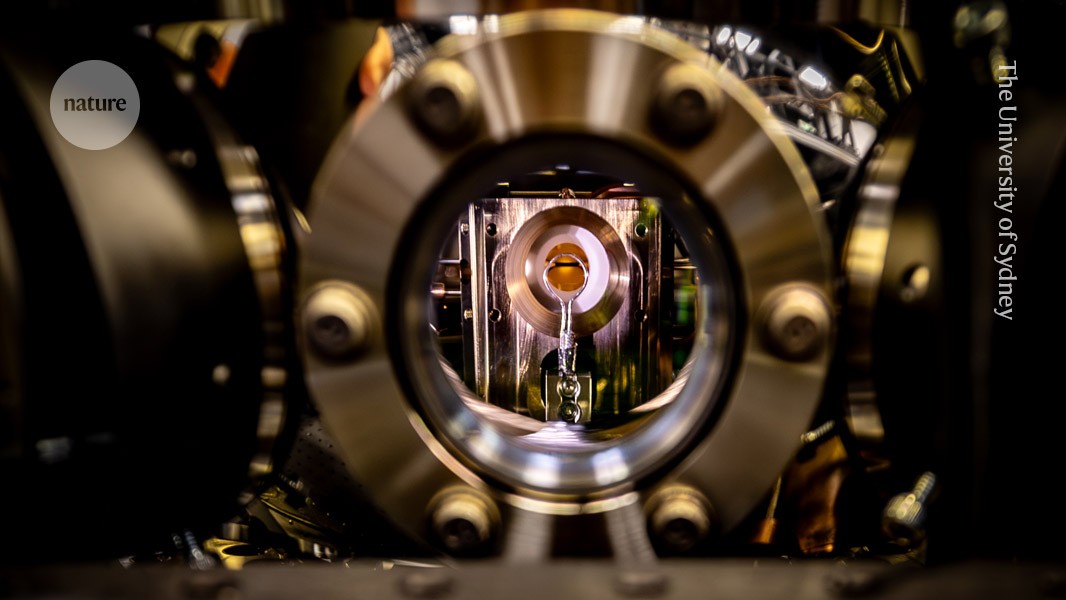
"The key advantage of this approach is that it is incredibly hardware-efficient. A single atom can encode the information that is normally spread across a dozen or so 'qubits'."
"No quantum computer had simulated this level of complexity in the energy levels of molecules before. This is a tour-de-force that will remain in the history books."
"Understanding the precise sequence of these events can help chemists to design molecules that channel energy in the most useful or efficient way, for example in solar panels or in sunscreen lotion."
Researchers have successfully conducted full quantum simulations of molecular reactions to light using just a single atom, marking a significant breakthrough in quantum computing. This minimalistic method enables a high degree of efficiency, encoding information typically requiring multiple qubits. The study showcased the behavior of three organic molecules when exposed to photons, shedding light on electron dynamics and molecular interactions. These insights could aid in the design of more effective materials, such as solar cells and sunscreens, ultimately pushing the boundaries of computational chemistry.
Read at Nature
Unable to calculate read time
Collection
[
|
...
]